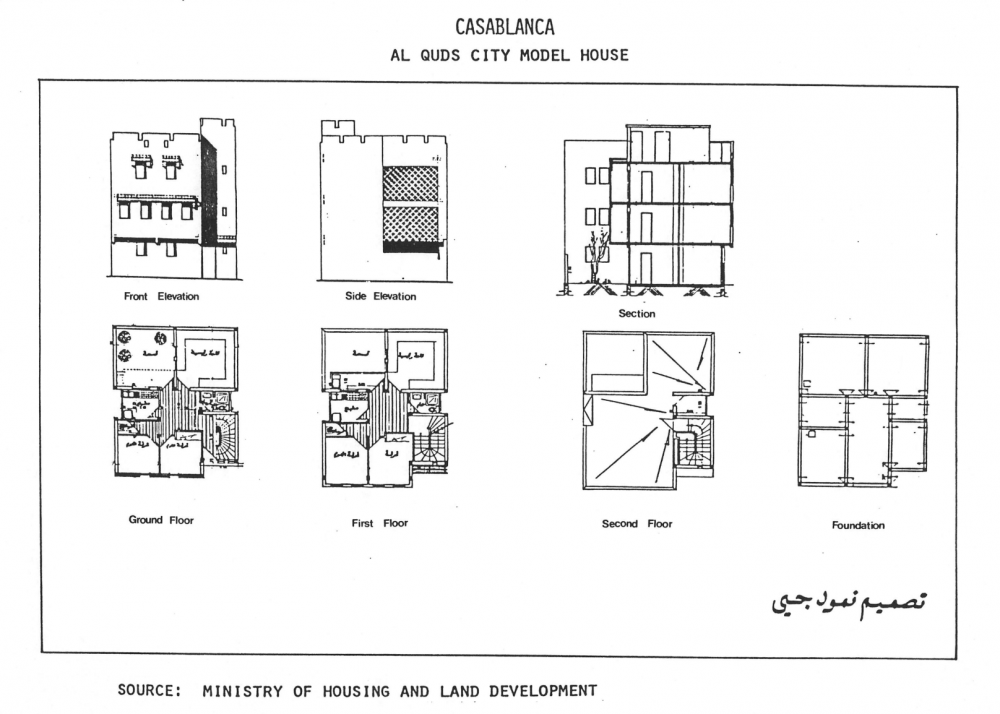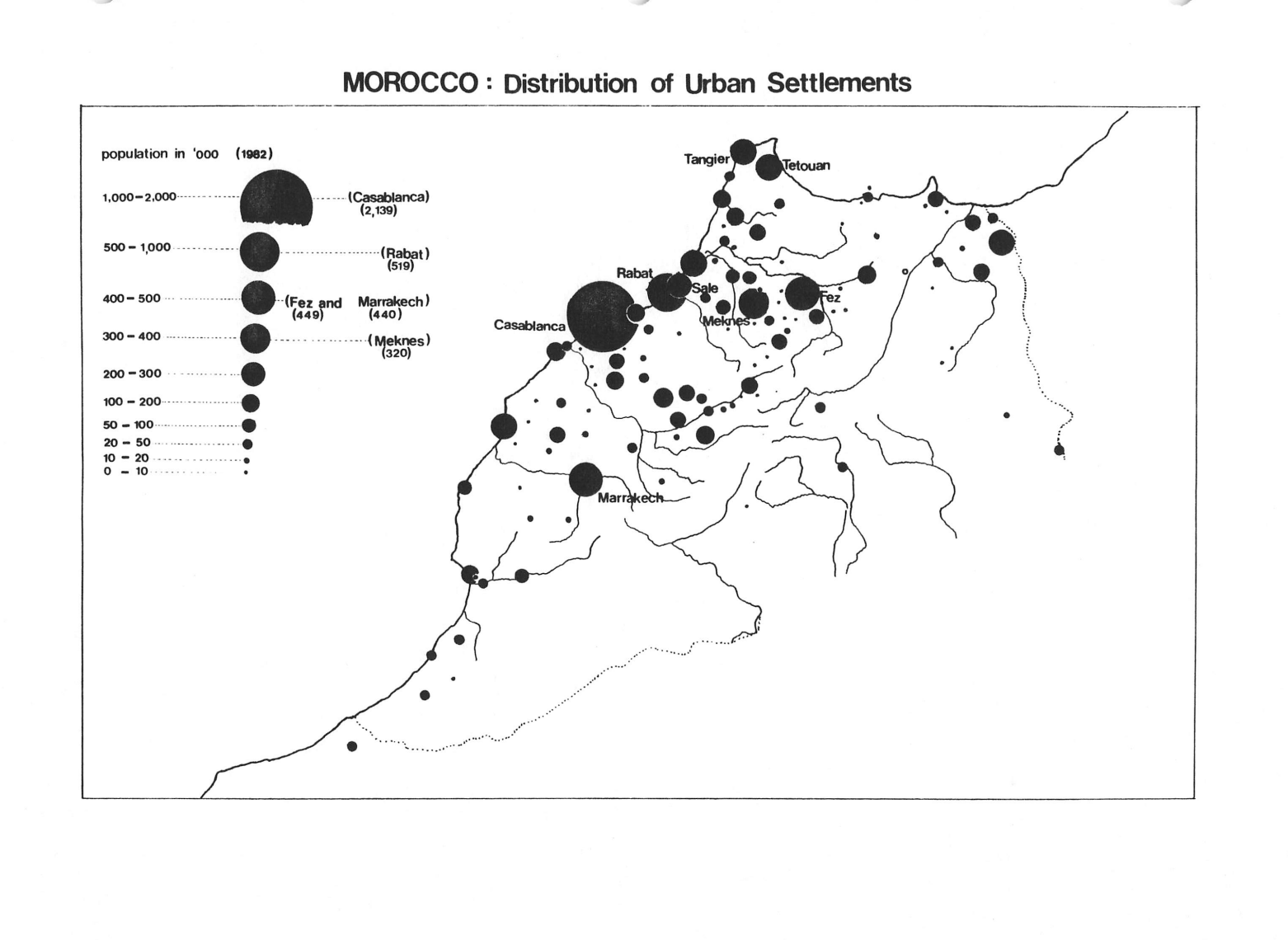Abstract
In 2009, I2UD submitted a development strategy, “Comprehensive Plan for Makkah, Madinah and Mashaer,” to promote the preservation and integrated urban development in Saudi Arabia for the Holy Cities of Mecca (Makkah Al-Mukarama) and Medina (Al-Madinah Al-Munawara), and the holy sites area of Mashaer (Mina, Muzdalifah, and Arafat) in Mecca. The project included a series of 6 workshops, led by Dr. François Vigier, supported by Moriyama & Teshima Architects & Planning, the Development Commission of Makkah Al-Mukarama, Al-Madinah Al-Munawara and Al-Mashaer Al-Muqaddasa (DCOMMM), and the United Nations Development Programme (UNDP).
The development plan involved seven main steps: 1) To buy land and compensate for lost development rights; 2) To build world class developments; 3) To facilitate informal area improvements; 4) To improve mobility around Mecca; 5) To beautify and improve the quality of space within the city and create peaceful places; 6) To integrate Mashaer as a critical part of the city; and 7) To support strategic infrastructure management.
Documents various component reports of the plan, documents from six workshops, including outlines and reports, and notes and reviews authored by Dr. François Vigier.
See related I2UD projects below
Related I2UD Projects
Related by – Historic District Preservation
Design Studio 1981: “Housing Design in Islamic Cultures” in Algeria, Bangladesh, Egypt, Iraq, Pakistan, Saudi Arabia and Indonesia, Seminar Curriculum
“Economy of Historic Preservation” in Erbil, Kurdistan, Report for Strengthening Urban & Regional Planning (SURP), UN-HABITAT, 2014
“Comprehensive Plan for Makkah, Madinah and Mashaer,” Urban Development Strategy for Ancient Holy Sites in Saudi Arabia, 2009
“Sustainable Development Based on Valorizing the Historic Urban Fabric,” Paper by Dr. Mona Serageldin, 9th World Congress of the Organization of World Heritage Cities in Kazan, Tatarstan, Russia, 2007
“Integrated Area Management Action Plan,” Urban Management Plan for the Ancient Walled City Icheri Sheher, Baku, Azerbaijan, 2006
“Revitalization of Kars Historic Center” & “Strategies for Sustainable Development,” Technical Assistance and Capacity-Building for Kars, Turkey, 2004-2008
“Cooperation and Capacity Building for Promoting Cultural, Natural and Built Heritage in Transylvania,” Technical Assistance Report for Brașov, Sibiu, Sighișoara and Târgu Mureș, Romania, 2004
“Continuity and Change” by Dr. Mona Serageldin, Topic Paper for 48th World Congress, International Federation for Housing and Planning (IFHP), 2004
“Historic Center of Mexico City” Diagnostic Summary, Technical Assistance for Mexico City, Mexico, 2003
“Master Plan for the Revitalization of the Older Urban Fabric,” Preservation in the Old City of Al Qusair, Egypt, 2000
“St. Petersburg Center City Rehabilitation Project,” Urban Planning Network for St. Petersburg, Russia, 2000
“Preserving the Historic Urban Fabric in a Context of Fast Paced Change,” Research Essay by Dr. Mona Serageldin, 1998
“Lublin Local Initiatives Program” & “Lublin Old Town Rehabilitation Project,” Technical Assistance for Urban Upgrading in Lublin, Poland, 1994-2000
“Samarkand, Uzbekistan: Revitalization and Rehabilitation of the Historic District,” Technical Assistance for the City of Samarkand, Uzbekistan, 1994
“Upgrading and Conservation of the Walled City of Lahore,” Regional Report on the Preservation of Historic Lahore, Pakistan, 1988
Related by – Regional Assessments



